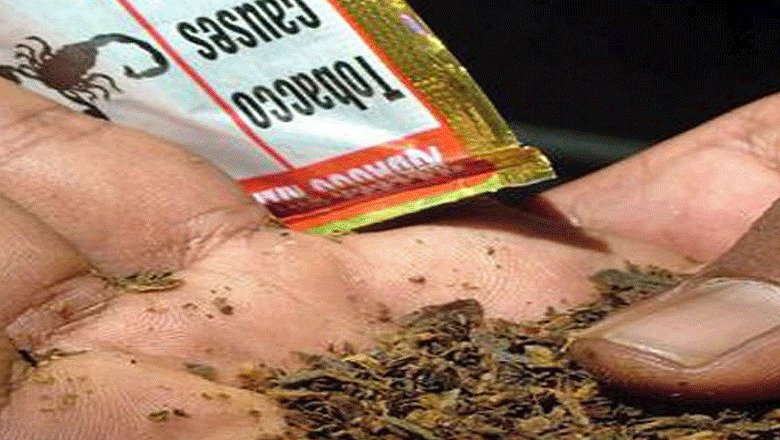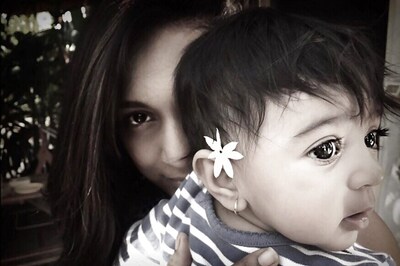
views
New Delhi: The Union Cabinet on Wednesday acceded to the Protocol under World Health Organization (WHO) Framework Convention on tobacco control to eliminate illicit trade in tobacco products, both smoking and non-smoking. India is a party to WHO FCTC and also the host for its global hub for non-smoking tobacco.
The protocol, under Article 15 of the FCTC, spells out supply chain control measures such as the licensing of manufacture of tobacco products and the required machinery, due diligence to be kept by those engaged in production, tracking and tracing regime, record keeping and security, said the government statement. It also spelled out steps taken by those engaged in e-commerce, manufacturing in free-trade zones and duty free sales.
The protocol lists out offences and enforcement measures such as seizures and disposal of seized products. It calls for international cooperation in information sharing, maintaining confidentiality, training, technical assistance and cooperation in scientific and technical and technological matters, said the statement.
With this protocol, India, said the Cabinet statement, would be able to influence international organisations including World Custom Organization in controlling such illicit trade.
The union cabinet also gave it's approval to continuing the Pradhan Mantri Swasthya Suraksha Yojana (PMSSY) beyond the 12th Five year plan that ends in 2019-20. The financial outlay for this is Rs 14,832 crore, and it will see the establishment of new AIIIMS and the upgrading of government medical colleges.
This upgrade means new super speciality blocks and trauma centres said the government. The new AIIIMS will also generate employment for 3000 people.
The cabinet also allocated Rs 95 crore for a 100-bed general hospital at the Rural Health Training Centre in Najargarh in Delhi. This hospital, expected to be fully operational by May 2020, will cater to 13.65 lakh people in 73 villages. It is mandated to have four major clinical services - medicine, obstetrics and gynecology, surgery and pediatrics.




















Comments
0 comment